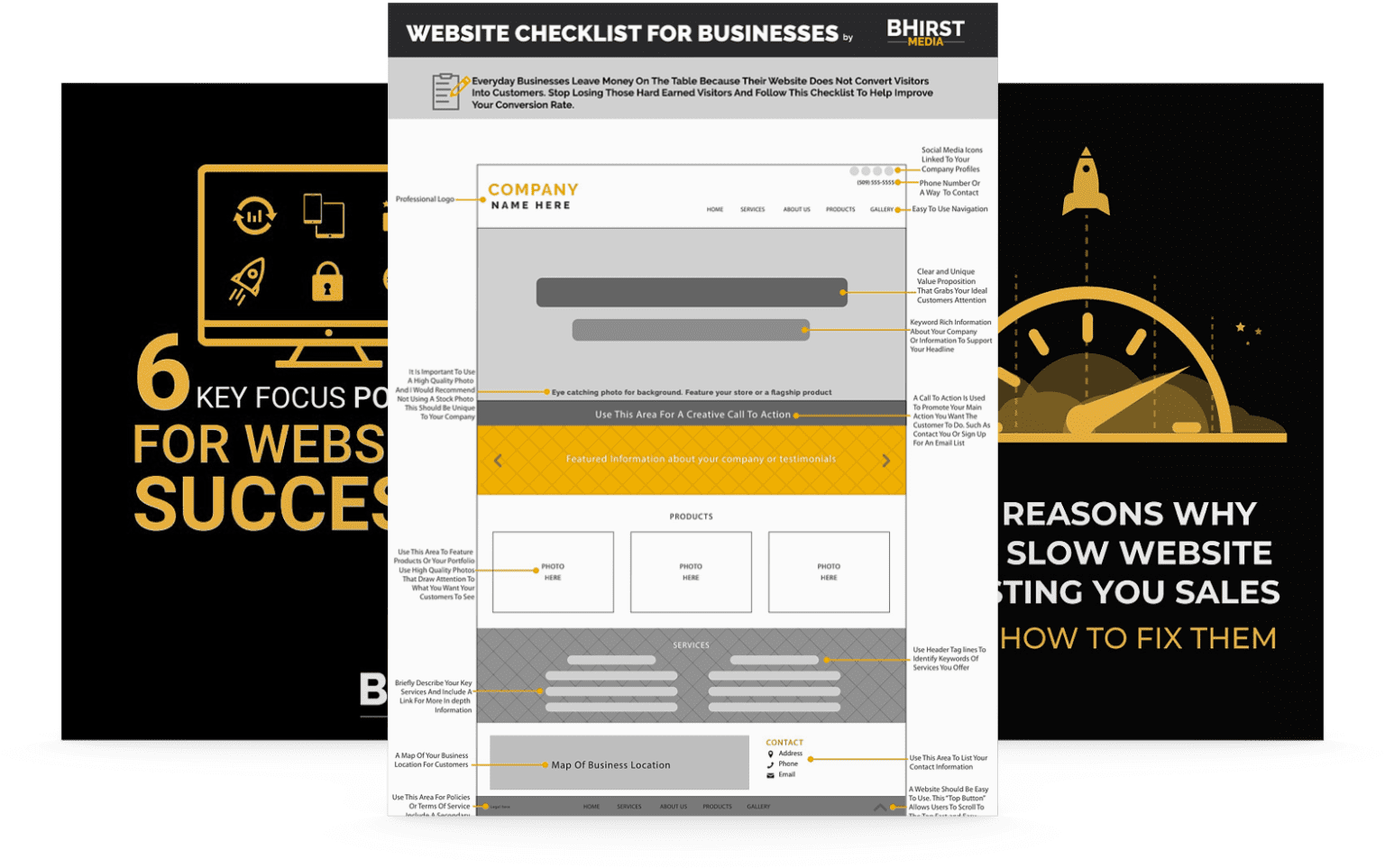
Discover actionable strategies for crafting authentic customer narratives that drive conversions across diverse industries! Customer stories have become a cornerstone of authentic marketing, allowing businesses to build trust and foster meaningful connections with their audience. Below are the key takeaways on how to effectively leverage customer stories for impactful marketing across multiple sectors.
By thoughtfully incorporating genuine customer voices into your marketing, you can establish trust, deepen engagement, and create a loyal community around your brand.
Customer stories are the unsung heroes of your marketing strategy. They’re real, relatable, and possess an unmatched ability to build trust and brand loyalty.
Have you ever noticed how you trust a product or service more when someone else recommends it? That’s word-of-mouth marketing in action. When channeled correctly through customer stories, it can lead to authentic engagement and drive growth with remarkable effectiveness. Efficiency gains are only part of the equation; true business impact comes from seamlessly integrating authentic narratives into your marketing efforts to ensure sustainable improvements.
In this article, we’ll explore proven strategies for leveraging customer stories not only to attract new customers but also to ensure their long-term loyalty. Let’s dive in and see how sharing genuine experiences can transform your marketing approach across various industries.
Collecting genuine customer stories is the foundation of using customer stories in marketing to build trust. This process begins with identifying customers who have had transformative experiences with your product or service. To do this effectively, reach out to those clients who have actively engaged with you on social media, at events, or through customer support interactions. The key here is authenticity; you want stories that reflect real experiences, not just polished endorsements.
To further expand on this, consider how different industries might approach this. In healthcare, a patient’s journey of recovery could highlight the effectiveness of a new treatment. In finance, a small business owner’s success story could showcase the impact of sound investment advice. In education, a student’s testimonial could demonstrate the value of personalized learning. Each of these stories, rooted in genuine experiences, carries significant weight.
Moreover, to encourage customers to share their stories, fostering a relationship with them is crucial. This might involve regular check-ins post-purchase to gauge how they’re using your product or hosting small-scale events where they can share their experiences publicly. This interaction creates a dialogue where customers feel valued, increasing the likelihood that they’ll want to share their journey. Once you’ve identified potential storytellers, use customer feedback to craft a narrative that resonates with both the contributor and your target audience.

Turning raw customer experiences into compelling narratives involves weaving together elements of storytelling with marketing. Begin by understanding the core elements of good storytelling: conflict, character, and resolution. In the context of customer stories in marketing, customers are characters overcoming a challenge with the help of your product or service.
For example, consider a SaaS company where a customer details their struggle with managing workflows. Their story could revolve around the overwhelming chaos they faced before implementing your software solution, which then not only streamlined their processes but also saved them time and money. This narrative approach not only showcases the product benefits but also makes the story more engaging and relatable.
This strategy extends beyond the tech sector. A patient’s story about overcoming a health challenge with the help of a medical device, a student’s journey to academic success through personalized tutoring, or a homeowner’s experience with energy-efficient upgrades can each be a compelling narrative. Each of these examples demonstrates the power of structuring stories around challenges, solutions, and results to resonate deeply and leave a lasting impression.
After crafting these stories, the next step is their strategic deployment across different marketing channels to amplify authentic marketing. Firstly, integrate customer stories into your website’s testimonials section, but also consider embedding them into blogs, landing pages, and email sequences to provide real-world context to your marketing messages.
For instance, a business owner might share a story about how your service transformed their operations. This story could be highlighted in a case study on your ‘services’ page, mentioned in an email campaign to prospects, or even shared as a customer story on social media to attract other businesses facing similar challenges.
To broaden this perspective, customer stories can be used diversely. In healthcare, integrate patient testimonials into hospital websites or newsletters. In finance, showcase client success stories in annual reports or webinars. In education, feature student achievements in school brochures or online campaigns. The goal is to ensure these genuine experiences reach and resonate with the intended audience, regardless of the channel.

To truly understand the value of using customer feedback for marketing, it’s essential to measure the impact of your customer stories. Start by tracking the engagement metrics on your website and social media. Look at views, read times, and click-through rates for pages featuring customer stories. Additionally, use surveys or follow-up emails to directly ask customers and prospects if these stories influenced their decision-making process.
One company reported a 30% increase in conversion rates after implementing customer stories on their landing pages. This metric can be tracked through sales analytics to correlate the introduction of customer narratives with an uptick in leads or conversions. Moreover, qualitative feedback from customers about the stories can provide invaluable insight into how these narratives are perceived and if they strike the right chord emotionally.
Consider how these measurements apply across different sectors. In healthcare, track patient satisfaction scores before and after implementing testimonial campaigns. In finance, monitor customer acquisition costs and client retention rates. In education, measure enrollment rates and alumni engagement. These industry-specific metrics will offer a clear view of the impact customer stories have on your unique objectives.
By focusing on authenticity and engagement, customer stories become more than just testimonials; they become powerful narratives that can sway opinions, drive sales, and foster lasting customer relationships. Through a thoughtful approach to gathering, crafting, implementing, and measuring these stories, businesses can create a trustworthy and impactful marketing strategy that resonates deeply with their audience.
Looking ahead, businesses that embrace adaptable strategies and data-driven decision-making will lead in an increasingly competitive landscape. Whether through emerging technologies, customer-first innovation, or operational agility, the next era of success will belong to those who can not just adapt—but anticipate change. The real question isn’t if you’ll adopt these advancements—but how effectively you’ll use them to gain a competitive edge by making your customer the hero of your brand.
